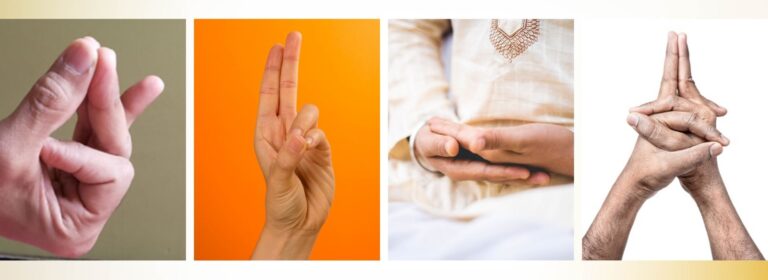Yoga Practice Name
Sambhavi Mudra


Sambhavi Mudra
"The Divine Gaze"
Sambhavi Mudra is a powerful yogic technique in which the gaze is directed toward the space between the eyebrows (bhrumadhya) while keeping the eyes gently open or closed. It is considered a visual mudra and is often practiced as a concentration technique (dharana) that leads to deeper states of meditation (dhyana) and eventually samadhi.
It is not just a physical gesture but a mental attitude of unwavering awareness, merging sight with spiritual insight.
Frequency: Daily practice is recommended, especially before or during meditation, pranayama, or silent sitting.
7. Use Under Guidance (Advanced Levels): For deep or extended practices, it’s ideal to learn under a qualified yoga or meditation teacher, especially when used in Kundalini or Tantra practices.